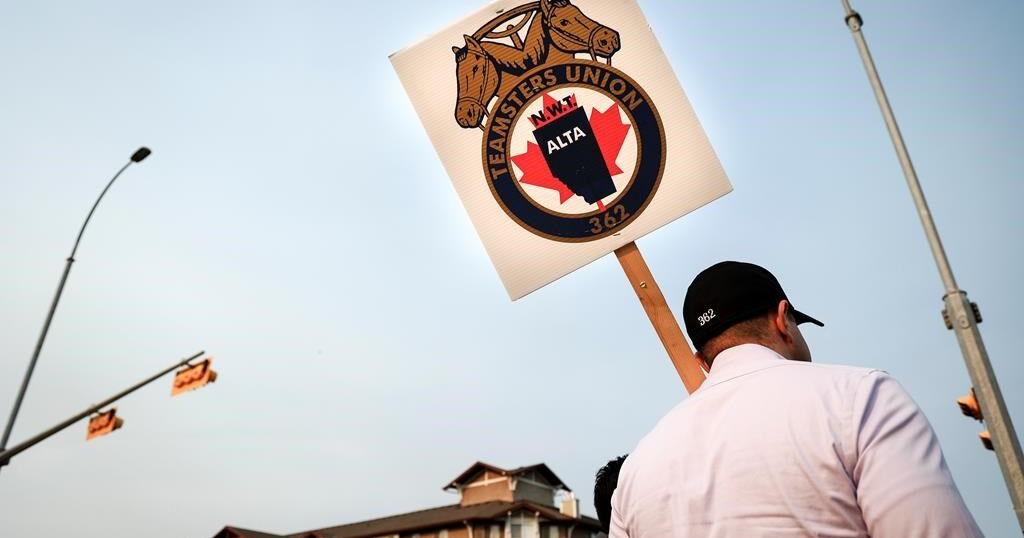VANCOUVER – The president of the Union of B.C. Municipalities says communities have billions of dollars worth of infrastructure that will need replacing in the next decade and the province needs to step in with new funding to help.
Trish Mandewo says a call for $650 million in additional infrastructure money each year is one of a series of requests the organization is making to provincial leaders days before B.C.’s provincial election will be called.
They’re also asking for a percentage of the provincial property transfer tax to support housing projects, and a share of the growth in the carbon tax to help pay for responding to extreme weather.
Local politicians are gathering for their annual convention in Vancouver this week and are expected to cover a range of topics including housing, the toxic drug crisis, growing financial pressures, and a host of other issues.
Mandewo, who is on Coquitlam City Council, says the municipalities are looking for a new, flexible revenue stream to help fund an estimated $24 billion in infrastructure replacement that’s expected to be needed in the next 10 years.
She says without the additional money, municipalities won’t be able to build “complete communities” without raising taxes.
“So it’s the individual taxpayers that are going to be paying for that, because local governments have no other way of raising funding,” she said.
Mandewo says municipalities are facing rising costs due to extreme weather events like fires, floods, droughts and heat domes and the scale of what’s required for mitigation and adaptation exceeds their tax base.
“We are asking for a new dedicated revenue source so that we can support emergency planning and risk assessments, which have been asked of us,” she said.
Municipal leaders are going to spend the week discussing more than 200 pages worth of resolutions at the conference. Mandewo says issues surrounding addiction and toxic drugs are front and centre in members’ minds.
Resolutions include calls for more overdose prevention sites, more complex care beds for people struggling with addiction, and more money directed at community safety.
“Local governments have been trying to deal with it as much as we can, because we are the ones that are closest to the communities,” she said.
“That issue is not selective, whether you’re a small community or a large community.”
Premier David Eby is scheduled to address the conference Thursday. B.C. Conservative Leader John Rustad and Green Leader Sonia Furstenau will speak Friday.
A series of “cabinet town halls” are also scheduled where municipal leaders will get a chance to question cabinet ministers on housing, public service and emergency preparedness.
This report by The Canadian Press was first published Sept. 16, 2024.


































